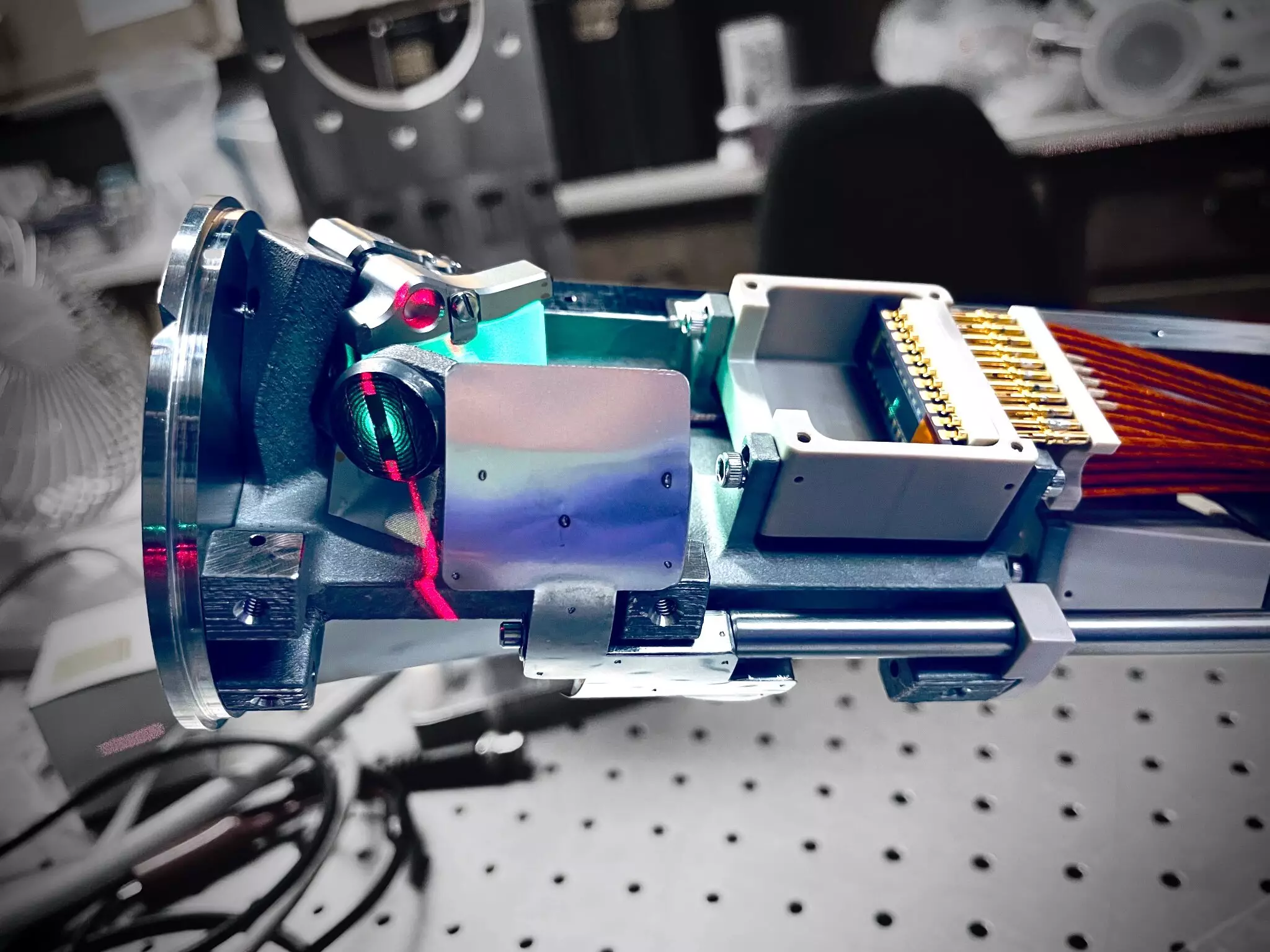Creating heat from fusion reactions is a complex process that requires precise manipulation of plasma, the electrically charged fourth state of matter that dominates the observable universe. Recent advancements in plasma diagnostics offer promising opportunities to enhance fusion reactions in tokamaks, paving the way for more efficient fusion power plants. Scientists at the Princeton Plasma Physics Laboratory (PPPL) have developed a state-of-the-art plasma measurement instrument named ALPACA, designed to revolutionize the way we harness fusion energy.
Unlocking the Potential of Fusion Reactions
ALPACA serves as a critical tool in studying the fueling process, where neutral atoms surrounding the plasma play a key role in increasing plasma particle density. By analyzing the light emitted by these neutral atoms, researchers can gain insights into optimizing fueling to maximize fusion reactions and power output. The ability to control and manipulate fueling is essential for enhancing the efficiency of tokamak-based fusion reactions, ultimately leading to increased heat generation and electricity production.
Unlike previous diagnostic tools, ALPACA is specifically designed to collect plasma light at the Lyman-alpha frequency, providing clearer and more precise data on neutral atom density. By measuring the brightness of the collected light, scientists can accurately determine the density of neutral atoms, enabling them to improve their understanding of fueling processes. ALPACA works in tandem with its twin diagnostic tool, LLAMA, to observe different regions of the tokamak and ensure comprehensive data collection for effective analysis.
The development of ALPACA involved cutting-edge techniques such as 3D printing, allowing for the integration of complex structures within the diagnostic tool. The innovative design of ALPACA, led by a team of experts at PPPL, showcases the intersection of engineering and plasma physics. Through meticulous planning and execution, ALPACA provides invaluable insights into the inner workings of tokamaks, where conventional measurement tools fall short due to extreme temperatures.
Collaborative Efforts and Future Prospects
ALPACA’s creation was a collaborative effort, with contributions from researchers at PPPL, General Atomics, Massachusetts Institute of Technology, and other institutions. The diverse expertise brought together for this project highlights the collective drive to advance fusion research and energy production. As ALPACA undergoes testing and prepares to operate in conjunction with other diagnostic tools, the fusion community eagerly anticipates the valuable data and insights it will provide.
The development of ALPACA represents a significant milestone in the pursuit of sustainable fusion energy. By leveraging cutting-edge technologies and interdisciplinary collaboration, scientists are paving the way for more efficient and effective fusion reactions. As we continue to unravel the complexities of plasma physics and fusion energy, tools like ALPACA play a crucial role in unlocking the full potential of this innovative energy source.


Leave a Reply